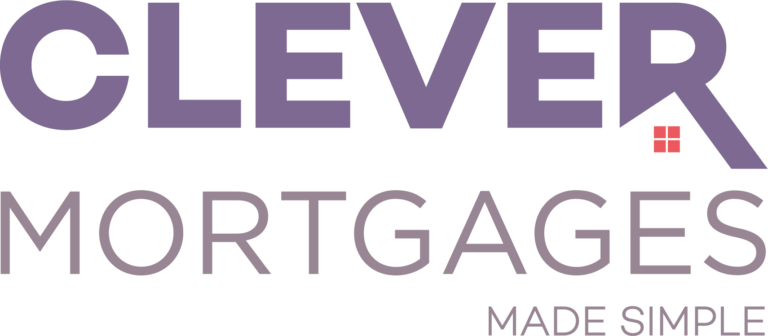If you’re self-employed and thinking about applying for a mortgage, you might be wondering:
“Will the lender understand how I earn my income?”
The answer is yes, but how they assess your income can vary depending on how you’re self-employed. Understanding what lenders look for (and how they calculate your earnings) can help you get mortgage-ready with confidence.
Here’s a breakdown of the main types of self-employment and how lenders typically treat your income:
- Sole Trader
As a sole trader, you are the business. You keep the profits after expenses and pay tax through self-assessment.
What lenders use:
- Net profit after business expenses (from your tax return).
- Usually an average of your last two years’ net profits, but there are lenders that will consider only 1 year or possibly less depending on your circumstances.
- If your income is rising year-on-year, some lenders might just use the most recent year, with a clear understanding on the increase.
Key documents needed:
- HMRC tax calculation form
- Full tax year overviews
- Personal bank statements
Tip:
If your declared income is lower because of allowable deductions, it can reduce the mortgage amount you qualify for.
- Partnership
If you’re in a business partnership, you share responsibility for the business profits (and losses).
What lenders use:
- Your share of the net profits, not the entire partnership’s income.
- Again, typically an average of two years’ figures, some lenders may consider less.
Key documents needed:
- HMRC tax calculation form
- Full tax year overviews
- Partnership accounts showing your share
Tip:
Make sure your individual share of the profit is clearly shown on all paperwork — this helps speed up the mortgage process.
- Limited Company Director
If you run a limited company (usually with fewer than 5 directors), you’re technically employed by your company but lenders often treat you as self-employed if you own more than 20-25% of it.
What lenders use:
- Your salary + dividends
(These are what you personally receive from the company.) - Some lenders will consider salary + retained profits mostly after tax but some will consider it before tax (profits left inside the company but still available to you).
Key documents needed:
- HMRC tax calculation form
- Full tax year overviews
- Full business accounts
- Possibly business bank statements
Tip:
If you retain a lot of profit inside the company instead of drawing it out, it’s worth finding a lender who can use retained profits in their affordability calculations.
- Contractors and Freelancers
Contractors (especially in IT, construction, or consulting) sometimes work through limited companies, umbrella companies, or even directly on short-term contracts.
What lenders use:
- If you have a day rate, some lenders will “annualise” it (e.g., day rate × number of working days in a year) to work out an annual income.
- Alternatively, if you invoice clients or agencies, lenders may look at one to two years’ worth of accounts like a sole trader or company director.
Key documents needed:
- Current contract(s) showing the terms and day rate
- HMRC tax calculation form
- Full tax year overviews
- Proof of ongoing work or extensions
Tip:
Some lenders have specialist contractor policies that don’t require full two-year accounts if you’re on a long-term or rolling contract or a CIS worker where the company pays your tax and National Insurance contributions. In these cases CIS workers can be considered employed with some lenders and they will just need the latest 3 months payslips.
A Quick Look: What Income Lenders Typically Accept
| Self-Employment Type | Income Used by Lenders | Main Documents |
| Sole Trader | Net profit | tax calculations and overviews |
| Partnership | Your share of net profit | Partnership accounts, tax calculations and overviews |
| Company Director | Salary + Dividends (sometimes retained profits) | Full accounts, tax calculations and overviews |
| Contractor | Annualized day rate or net profit | Contract(s), tax calculations and overviews, or payslips if applicable. |
Final Thoughts:
Lenders aren’t trying to make things difficult — they just need to be certain you can afford the mortgage you’re applying for.
The better you understand what they need (and prepare your paperwork ahead of time), the smoother and faster your application will be.
Top tip:
Working with a mortgage broker who understands self-employment can be a huge help. They’ll know which lenders are flexible, and they can guide you through any tricky paperwork.

